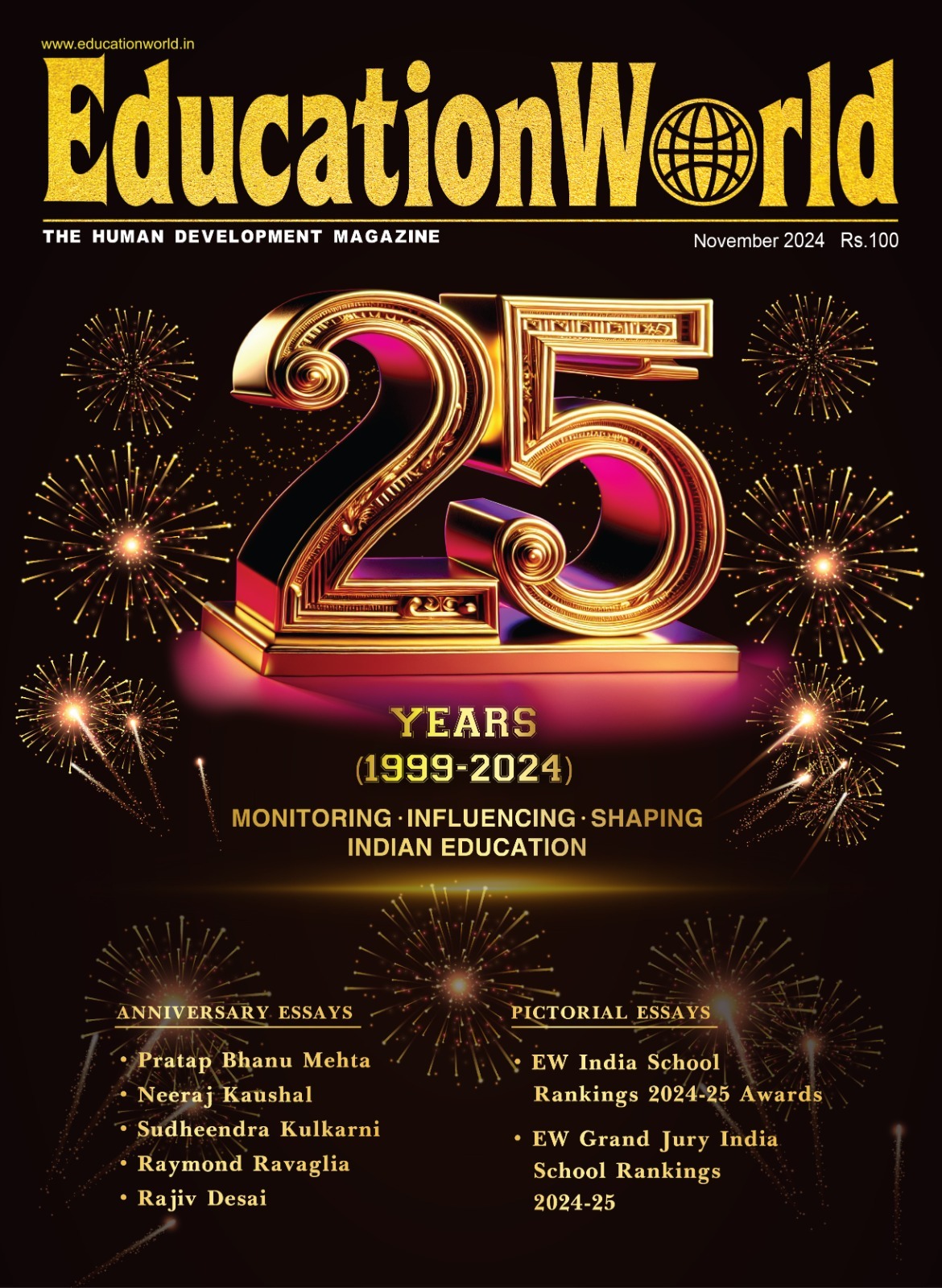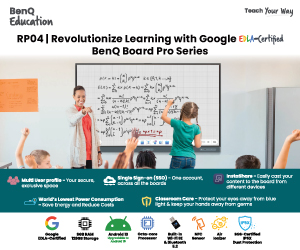AI in Classrooms: Friend, Not Foe
– Dr Sandeep Bhardwaj, Director and Principal, Vivekanand Education Society’s Business School (VBS)
Education has always been a powerful tool for transformation, and today it stands at the forefront of innovation. As artificial intelligence (AI) reshapes industries worldwide — from healthcare to finance — it is also making its way into classrooms. While some fear that AI might replace teachers or reduce the human touch, the reality is quite the opposite. Used wisely, AI can make learning more personal, creative, and inclusive.
Education’s Natural Evolution
Every era has embraced new tools to enhance learning. From the printing press and radio to television and the internet, each advancement has brought education closer to the learner. During the pandemic, technology became the lifeline of learning. AI is simply the next step in this evolution — not a threat, but an opportunity to make education more effective and engaging.
Personalised and Experiential Learning
Traditional education often follows a one-size-fits-all model. AI changes that by adapting lessons to each learner’s pace and ability. If a student struggles with a concept, AI can simplify it; if another excels, it can introduce advanced material. In business schools, AI tools already enable students to analyse real data, participate in virtual boardroom discussions, and learn by doing — shifting the focus from passive listening to active problem-solving.
Empowering Teachers, Not Replacing Them
AI cannot replicate empathy, inspiration, or human connection. What it can do is handle repetitive administrative tasks such as grading or attendance, allowing teachers to focus on mentorship and creative engagement. With AI-driven insights, educators can better understand student needs and tailor their guidance. In this way, AI enhances — not replaces — the teacher’s role.
Fostering Curiosity and Creativity
AI encourages inquiry-based learning. Tools like ChatGPT or Google Gemini allow students to explore complex ideas, test hypotheses, and access diverse perspectives. At VBS, students are taught to use AI as a thinking partner — a collaborator that refines ideas rather than completing the work for them. Creativity and originality remain at the core of education.
Inclusive and Accessible Education
AI’s greatest potential lies in democratising learning. It bridges geographical and linguistic gaps, enabling students in remote areas to access quality resources. It also supports learners with disabilities through speech-to-text, adaptive platforms, and AI-based captioning tools. When used responsibly, AI becomes a true equaliser in education.
Building AI Literacy and Ethics
As AI becomes integral to learning, students must understand its power and limitations. Business schools should teach AI literacy and ethics — covering data privacy, bias, and responsible use. Graduates must be equipped to lead with both intelligence and integrity in an AI-driven world.
Preparing for the Future Workplace
AI is already shaping modern work environments. Integrating it into education helps students build hybrid intelligence — a balance between human insight and machine capability. Tomorrow’s leaders will succeed not by competing with AI, but by collaborating with it.
Balancing Innovation with Humanity
While AI enhances learning, education remains deeply human. Compassion, teamwork, and critical thinking cannot be automated. The goal is balance — allowing AI to handle routine tasks while teachers nurture curiosity and values.
Conclusion: A Trusted Partner in Learning
AI is not a foe to education but a powerful ally. It amplifies creativity, strengthens teaching, and makes learning accessible to all. As educators, our role is to ensure that technology serves humanity — shaping classrooms where innovation and empathy coexist. When used wisely, AI doesn’t diminish education; it elevates it — helping every teacher teach smarter and every student learn better.
Also Read: Curriculum vs. Creativity: Is Rote Learning Inhibiting Innovation in Indian Classrooms?

















Add comment